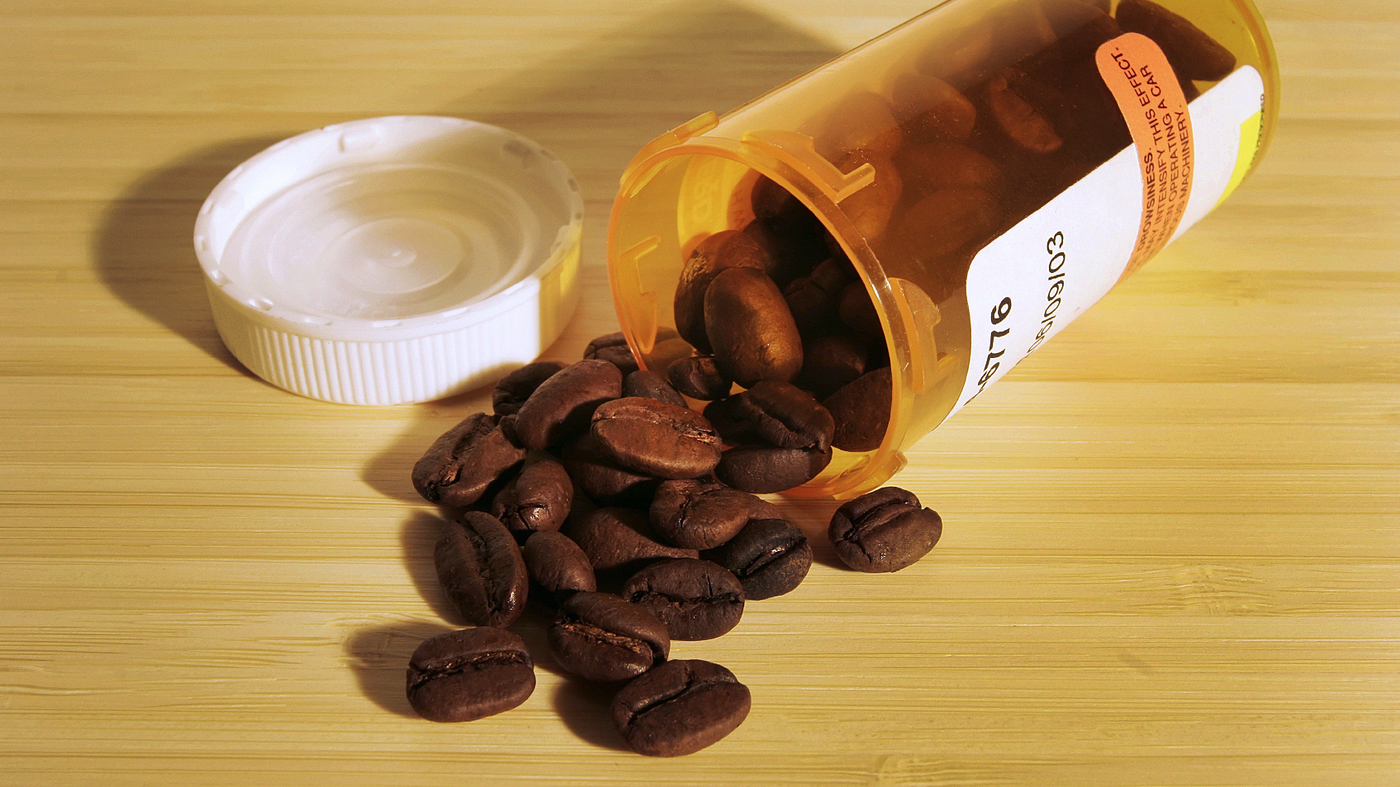

Older tea leaves are used to make low caffeine teas like bancha, genmaicha and hojicha, and the stems are used to make kukicha, another low caffeine Japanese green tea. These younger leaves are the sweetest in flavor and the richest in nutrients, so they are used in all the most sought after Japanese teas like matcha, gyokuro, kabusecha and of course sencha. The tea plant will produce more caffeine around the younger leaves compared to the tougher, more mature leaves and stems. This is because the younger leaves are more tender and therefore more vulnerable to insects. In addition to shaded teas being higher in caffeine, teas made from the younger leaves will also pack a higher caffeine content. How picking affects the sencha green tea caffeine level This will boost the caffeine level slightly. While most sencha teas are unshaded, there are a few that are covered in netting a week or more before harvest. The reason the sencha tea caffeine content is so high has to do with how the tea is grown and harvested.

Sencha tends to have more caffeine than typical teabag teas, both green and black. It doesn’t have as much caffeine as the heavy hitters like ceremonial matcha, gyokuro and kabuse sencha, but it does have more caffeine than hojicha, kukicha, bancha and genmaicha. By the way, if you're interested to know which teas have the highest caffeine level, we invite you to read the article 👉 Which tea has the most caffeine. The sencha caffeine content can be considered relatively high in the world of tea as a whole, but it is middle of the pack when it comes to Japanese green teas. When people ask does sencha have a lot of caffeine, the answer requires some context. Why is the sencha caffeine content so high? If you use lower temperature water, or cold brew your green tea, the resulting brew will be much lower in caffeine. Caffeine is one of the chemical components of green tea that requires higher temperatures to extract. The final factor that influences sencha caffeine is the temperature of the brewing.
Caffeine content in green tea how to#
If you want to learn how to brew the best cup of sencha tea, you can follow the 👉 How to Brew Sencha step by step guide Temperature But does japanese sencha tea have caffeine in the second and third infusion? It does, but the caffeine will be significantly reduced. This is because you are stripping off the outer layer of the tea, which as we discussed before is where most of the caffeine is. In the first brewing, you will get the highest amount of sencha caffeine. The common Yabukita cultivar will have less caffeine than a sencha made from the saemidori cultivar for example. Some tea varieties or cultivars will have more caffeine than others. Teas like genmaicha can have as little as 12mg per cup, and gyokuro caffeine level can have as much as 140mg per serving, making sencha comfortably in the middle for a Japanese green tea.Īfter learning about how much caffeine in sencha, we can now explore the different things you can do to get a sencha that is higher or lower in caffeine : Cultivar Sencha can have anywhere between more or less 40mg of caffeine per serving, and that range will depend on the type of tea you use and how its prepared.


 0 kommentar(er)
0 kommentar(er)
